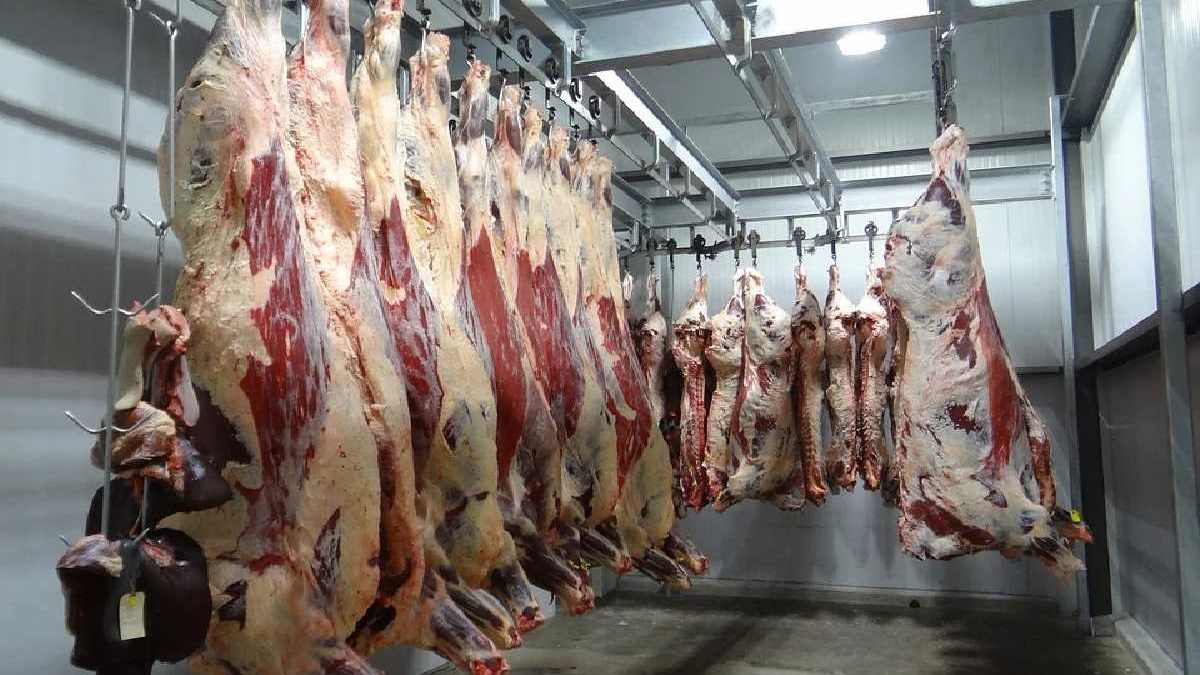A majority of the human population are meat-eaters. Our standard diet involves meat. So, have you ever wondered how these get processed? How do they end up as a chunk of flesh on our plates? To understand this, let us strip down a typical slaughterhouse and the technologies it uses. Unlike in the past, humans do not manually slaughter animals. We now use a slaughter line system to ensure that there’s minimal struggling and less waste. Also, automated systems stun the animal before the slaughter.
In this blog, DGS will discuss everything from stunning to deboning that happens in the slaughter line.
Table of Contents
1. Stunning equipment
Stunning is the process where the slaughter machine renders the animal unconscious through a standard method. It may involve the use of chemicals, electricity, or some form of gas. In some factories, people also use mechanical stunning to make the animal unconscious. This is the first step in meat processing. Slaughter lines have dedicated stunning equipment for this process. It varies according to the animal and local laws as well.
2. Suspenders
For a major part of the meat processing, the meat hangs on the suspender. They carry the meat along a conveyor line to further processes. The meat hangs on the suspenders for a process called sticking. This is where all the blood from the slaughtered animal gets drained. Then, the suspenders carry these throughout processes like skin removal, head removal, and splitting.
3. Conveyor belt
Almost all slaughter lines have a conveyor belt. On which the cut meat moves through the processing facility. The majority of skin gets removed when it hangs by the suspenders. However, there are some manual deboning and skin removal processes involved that happen on top of the conveyor belt.
4. Dehairing machine
The dehairing machine removes the hair off the carcass. It has rubber paddles that efficiently remove hair. If there is any residual hair, it gets removed through manual shaving.
5. Deboning
DGS offers deboning technology to reduce the effort that goes into removing the bone from the meat. There are different kinds of systems available that you can incorporate with the slaughter line. Using this technology produces a high yield. It cuts down costs and improves the speed of the process. Moreover, it makes the meat easier to clean and ensures a hygienic process.
6. Cleaning tank
For cleaning the meat, the slaughter line ends in a hot water bath. It takes place after the deboning process. This process removes any pathogens sticking to the surface of the meat.
7. Meat saw
The meat saw is predominantly electrical in modern slaughter lines. They cut the meat into desired shapes and sizes. Experts have also determined cut zones for every type of meat to get the maximum yield from the whole animal.
Finally
DGS enables you to stay ahead of the competition as well as produce high-quality meat for your customers. Stay smart and switch to a slaughter line that truly makes the most out of the slaughter.

